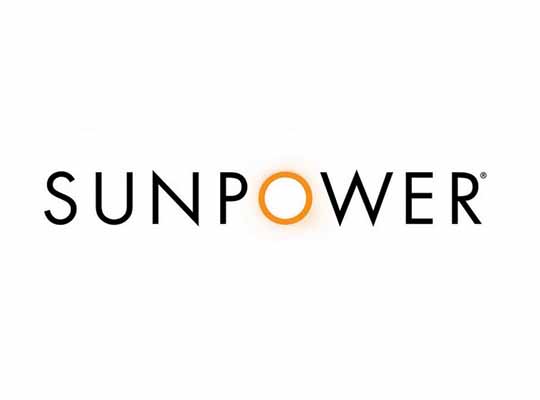According to Graphical Research, the North America solar tracker market size is poised to expand at substantial CAGR during the forecast period. The use of solar tracking technologies at utility scale solar projects has increased exponentially in recent years, making North America solar tracker industry an attractive investment. With solar tracking swiftly becoming the “new normal” for utility-scale solar projects, numerous new companies have entered the industry, resulting in higher competition.
This competition has fueled innovation in the industry, as each manufacturer strives to leverage maximum market share. Soltec America LLP, Nextracker, Array Technologies Inc, All Earth Renewables, Nielsen-Kellerman Co., Arctech, Trina Solar, Optical Scientific Inc, Campbell Scientific, and PVHardware are counted among the leading solar tracker manufacturers in North America.
Solar tracking eventually delivers a large boost in power output that also corresponds with the grid’s peak power demands. The operational cost of ownership of a tracker system is quite inexpensive, and tracker dependability provides high uptime. These operational benefits will certainly vary depending on the manufacturer and tracker design, but they are worth noting. One of the most significant advantages of a solar tracking system is that it increases power generation. In general, a solar panel system with a single-axis solar tracker installed gains 25 to 35% in performance. A dual-axis tracker improves performance by additional 5% to 10%.
The increased demand for power system flexibility as a result of increasing power failures and outages would encourage utility companies to use more efficient and dependable solar tracker systems. The ability to lessen dependency on external transmission lines and restore power functions to a backup power source are just a few of the notable benefits solar tracking technology has to offer. Due to low solar availability in North America’s subtropical nations, the dual axis-based solar tracker market will acquire significant traction throughout the forecast timeframe. Product acceptance will be aided by improved power durability and extensive application in distributed utilities.
North America solar tracker market has recently experienced growth as a result of zero-emission standards. Innovation, optimization, and efficiency will drive the future of solar energy. Increasing corporate social responsibility spending and increased power demand will result in constant product uptake across a wide range of commercial applications. One such project is Indiana’s Mammoth Solar Projectto, which will be completed by 2024 and will be the biggest in North America and will be developed by a consortium created by Doral Renewables LLC.
The United States, a major energy-intensive country with a large population base, has gained significant investment in the solar tracker market throughout the years. Renewable energy sources account for around 20% of the country’s electrical mix, according to the U.S. Energy Information Administration (EIA). Earlier in 2020, the United States topped the Ernst & Young Renewable Energy Country Attractiveness Index (RECAI) rankings, demonstrating the attractiveness of the country’s renewable energy investment.
Canada solar tracker market will command over a sizable share in the total market between 2021 and 2027 as a result of rising industrial activity in the region. In a quest to meet increased demand for power, North America solar tracker market participants are launching new projects. For example, solar tracker producer Nextracker has received a contract to deliver its devices to a 465MW solar photovoltaic facility in Canada by December 2024.












